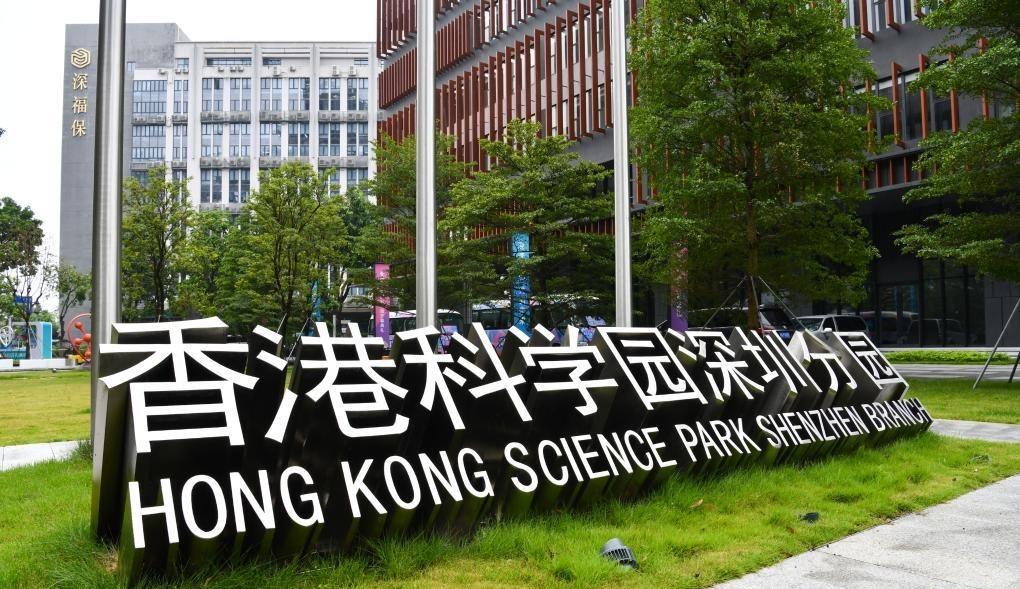 The Hong Kong Science Park in Hetao Sci-tech Zone in Shenzhen, Guangdong province on Sept 7, 2023. (PHOTO / XINHUA)
The Hong Kong Science Park in Hetao Sci-tech Zone in Shenzhen, Guangdong province on Sept 7, 2023. (PHOTO / XINHUA)
Hong Kong’s scientific heavyweights said the city’s inno-tech companies are poised to gain from smoother cross-boundary flows of scientific data and talents in the Guangdong-Hong Kong-Macao Greater Bay Area, as the recent Policy Address proposed a slew of initiatives to break the barriers impeding the city from becoming a world-class technology hub.
They also hope the Hong Kong park of the Hetao Shenzhen-Hong Kong Science and Technology Innovation Cooperation Zone can be completed as soon as possible so that technology enterprises from the two places can freely tap into the resources of both sides and achieve greater success.
In his second Policy Address, delivered on Oct 25, Chief Executive John Lee Ka-chiu said the Hong Kong Special Administrative Region government is working with mainland authorities to foster the secure flow of data from the mainland within the GBA.
The initiative has received applause from many mainland-based Hong Kong research institutions, including the Hong Kong-Shenzhen Innovation and Technology Research Institute (Futian), owned by the Chinese University of Hong Kong.
During a media tour to the Futian Institute on Monday, Qin Ling, who helms the facility, said the restrictions on cross-boundary data transfer are the greatest difficulty his team has encountered over the past few years.
To overcome the obstacle, Qin said his team has tried many work-arounds, such as purchasing equipment in Shenzhen and Hong Kong to do experiments separately.
The data problem is two-way. Liu Yunhui leads CUHK’s T Stone Robotics Institute to develop surgical robots in the Futian Institute. His team works with Hong Kong’s Prince of Wales Hospital to collect clinical data. Liu said that data cannot be transferred to places outside Hong Kong.
Over the past few years, the central authorities announced an array of measures benefiting Hong Kong’s innovation and technology development, including relaxing the limitation on exporting mainland human genetic resources to Hong Kong for scientific purposes.
Qin said the relaxation on exporting human genetic resources set a good example, and he hopes more policies that facilitate cross-boundary flow of medical data can be adopted in the Hetao zone to aid Hong Kong researchers.
Created in 2017, the Hetao zone comprises a 3.02-square-kilometer Shenzhen park and a 0.87-sq-km Hong Kong park. In the new Policy Address, Lee said Hong Kong plans to establish an authority that registers drugs and medical devices under the “primary evaluation” approach in the long run. Qin said the approach is conducive to the development of the city’s medicine industry.
Another advantage that a fully functioned Hetao zone will have is on the human resources front.
Liu said the two parks can also complement each other in terms of talent attraction. Based on Hong Kong’s strength in higher education, the city has many research-oriented talents. Meanwhile, the robust manufacturing industry on the mainland has trained many professionals in applied science, he added.
The Hetao zone’s twin parks can provide not only different types of resources, but also different types of talents for scientific and innovation enterprises and institutions from Shenzhen and Hong Kong, he added.


